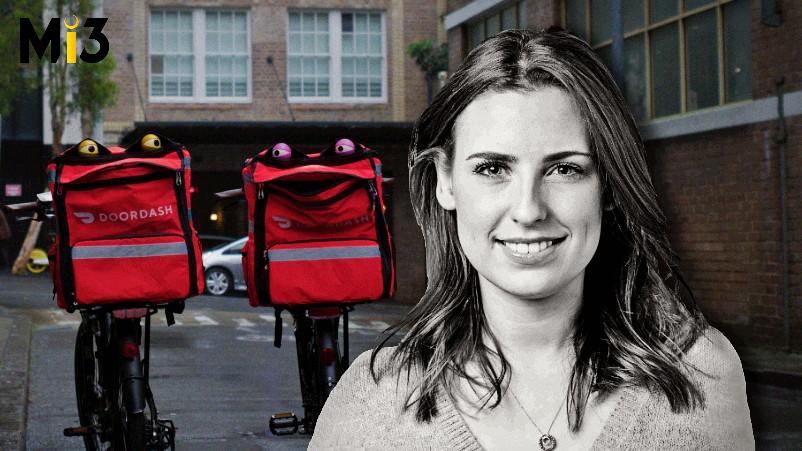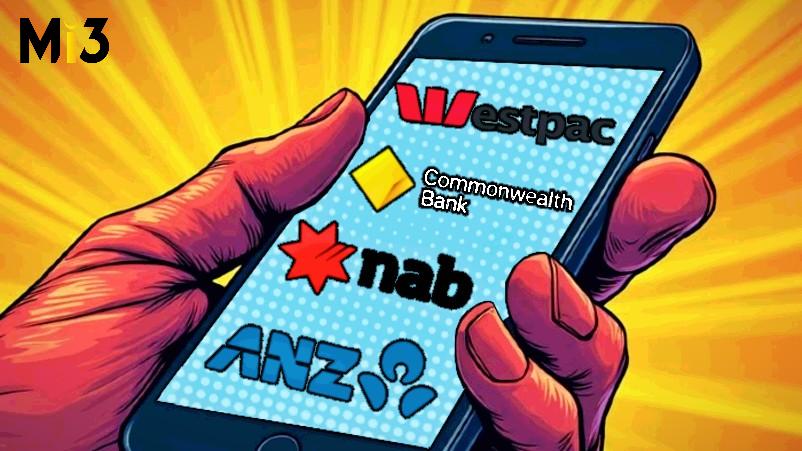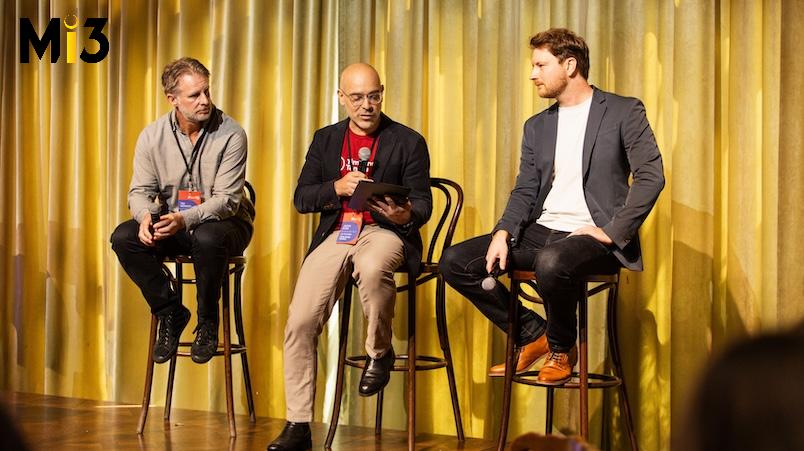DoorDash is rapidly gaining share, moving from number three to number two in a knife-fight-in-a-phone box delivery market promising to scoot “basically anything that’s not nailed down” to the doorstep within minutes. In a cut-throat market, creative cut-through and distinctiveness are key, says brand ANZ leader, Madison Westall. While rivals are mixing global and local, she’s committing to Aussie humour, insights and attitudes – Bob Katter and all. The firm’s betting on animatronic puppet bags and a brand-plus-performance play to bring home consideration and preference by the basketful. Westall aims to leave the brand cakes in the over long enough to see the rise in business outcomes. But DoorDash is running equally hard, if not harder, on performance, striking deals with retailers across the piste to rapidly move the needle.
Author: admin
Telstra fined $18m for undisclosed Belong internet speed plan changes
Telstra has been fined $18m by the Federal Court for breaching Australian Consumer Law. The breach involved the unnotified transfer of nearly 9,000 Belong customers to a lower speed plan.
Emotive’s ‘brand incubator’ executes El Arquero Tequila campaign
Emotive has introduced its first brand incubator initiative with the the launch of El Arquero Tequila in partnership with Foxtel, Hot Shot PR and Australian cricket legend Adam Gilchrist.
Assembled Media secures Penfolds account, launches first campaign
Assembled Media has been appointed as the media agency for wine brand Penfolds and has already come out of the gate with ‘The 2025 Collection Release’ campaign.
Caroline Bonpain switches snacks for sustainable packaging, joins BioPak as marketing director
BioPak has recruited former The Arnott’s Group marketing director for ecommerce, digital, media and CX transformation, Caroline Bonpain, as its new marketing director.
Westpac blows app rivals away as Forrester rates Australia among world’s best – but Big Four still missing key customer aspirations
Australian banks have mastered digital competence but are still chasing digital excellence. Westpac now sets the pace with an AI-powered app that nudges customers towards smarter financial choices, while CommBank excels in budgeting, NAB teaches financial discipline, and ANZ keeps the basics simple with natural-language search. Yet, per Forrester, most banks stumble when it comes to deeper financial health insights, seamless international transfers, or consistent fraud prevention. Despite ranking among the world’s best for mobile banking, Australia’s big four still fall short of delivering what customers crave most: timely alerts, personalised guidance, and truly joined-up digital experiences. The result? An industry that looks world-class compared to its peers, but which is only doing “OK” compared to the more important measure of what customers expect.
Steve Madden ventures into wine with limited edition Pinot offering
NY fashion brand Steve Madden has made its inaugural foray into the wine market through a collaboration with Melbourne Winery.
Smarter agentic bets: Sportsbet marketing boss on three years of applied AI learning; automating the ‘shit’ jobs like CAD TV ad approvals that ‘brand teams hate’; key platform and process lessons to lift
Sportsbet marketing boss Tim Hernadi went early on AI – piling into generative three years ago and notching massive creative and productions savings, plus smarter CX customer hooks. A couple of months ago he sent production and animation head Toby Barrett to China for the biggest AI show on earth. Barrett came back with agentic AI process inspiration and has since put it to work, with self-built AI agents reducing the time it takes to approve TV ads with Clear Ads, “one of those repetitive, shit tasks” hated by the marketing team, by a whopping 87 per cent. Now Sportsbet is aiming AI agents at all those shit jobs – and going multiagent. Here’s three years of learning, the platforms they are using and accumulative advice that’s probably a decent each-way bet for any team getting started.
Savage Rabbit Vodka marks national arrival with multi-channel campaign
Savage Rabbit Vodka has made its first entry into the Australian market, launching with a comprehensive multi-channel campaign. The campaign encompasses PR, digital, social media, and retail activations.
DoorDash puts animatronic delivery bags at centre of new Australian campaign
DoorDash is bringing to life its delivery bags via animatronics as the backbone of a new campaign devised by DDB Sydney.










